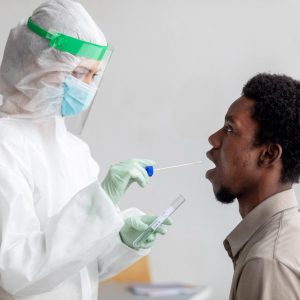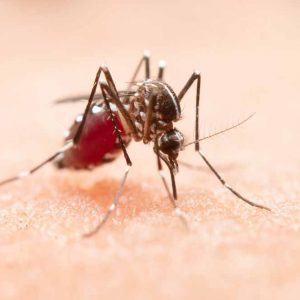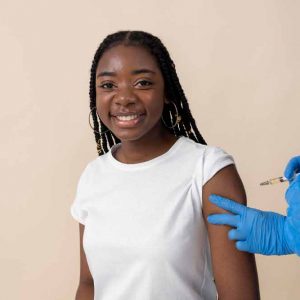In our everyday lives, we encounter various situations that expose us to potential health risks. One such risk is the transmission of diseases through the air, particularly through coughing or sneezing. The spread of infectious agents like influenza, pneumonia, and tuberculosis can be minimized by adopting a simple yet effective practice: covering our mouths when coughing or sneezing. This blog explores the significance of this preventive measure and provides useful tips on how to effectively cover your mouth, even in situations where tissues may not be readily available.
1: The Airborne Transmission of Diseases
Airborne diseases pose a significant threat to public health, as they can easily be transmitted from one person to another through tiny particles suspended in the air. When an infected individual coughs or sneezes, they release droplets containing infectious agents into the surrounding environment. These droplets can remain suspended in the air for extended periods, making it possible for others to inhale them and become infected. Diseases such as influenza, pneumonia, and tuberculosis are notorious for their ability to spread through this mode of transmission.
2: The Role of Mouth Covering in Preventing Transmission
One of the most effective ways to prevent the airborne transmission of diseases is by covering your mouth when coughing or sneezing. This simple act acts as a barrier, reducing the number of infectious droplets released into the air and minimizing the risk of transmission to others. There are several methods you can employ to cover your mouth effectively:
- Face Masks: Wearing a face mask, particularly during times of heightened risk or in crowded settings, provides an extra layer of protection. Choose a mask that fits snugly over your nose and mouth, ensuring it covers them completely.

- Tissues: Keep a supply of tissues handy, especially during cold and flu seasons. When you feel a cough or sneeze coming on, use a tissue to cover your mouth and nose. Dispose of used tissues promptly and hygienically in a designated waste bin.

- Elbow Technique: If you find yourself without a tissue, employ the elbow technique. Instead of coughing or sneezing into your hands, which can easily transfer germs to surfaces and others, use the crook of your elbow to cover your mouth. This method reduces the risk of contaminating your hands and facilitates easy and regular hand hygiene.

3: Spreading Awareness and Cultivating Healthy Habits
Preventing the spread of airborne diseases requires a collective effort. By raising awareness about the importance of covering our mouths when coughing or sneezing, we can significantly reduce the risk of transmission in our communities. Here are some steps to promote healthy habits:
- Education: Share this vital information with your family, friends, and colleagues. Inform them about the risks of airborne diseases and the simple yet effective measures they can take to protect themselves and others.
- Public Spaces: Encourage the implementation of guidelines in public spaces, such as schools, workplaces, and healthcare facilities, to promote mouth covering practices. This includes providing readily accessible tissue dispensers and placing reminders about proper coughing and sneezing etiquette.
- Role Modeling: Lead by example and practice good respiratory hygiene yourself. When others witness you consistently covering your mouth when coughing or sneezing, they are more likely to follow suit.
Conclusion
In the battle against airborne diseases, covering our mouths when coughing or sneezing emerges as a fundamental preventive measure. By adopting this simple habit, we can protect ourselves and those around us from the transmission of infectious agents. The act of covering our mouths not only helps reduce the release of airborne droplets but also demonstrates our commitment to collective well-being and responsible citizenship. Let us join hands, or rather cover our mouths, in spreading awareness and cultivating these healthy habits to create a safer and healthier environment for all. Together, we can make a significant impact in preventing the spread of airborne diseases and safeguarding the health of our communities.















